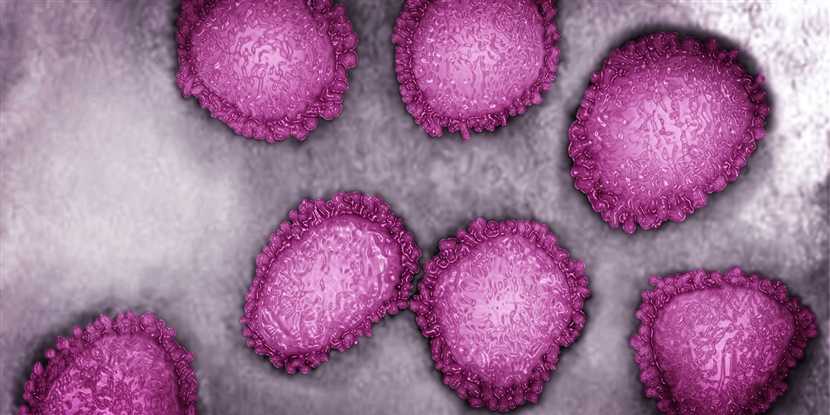Joe Jarvis, BHP and WHP Teacher
Connecticut, USA
Note: This blog contains information that might be upsetting for some people. All of us have been impacted in one way or another by the COVID-19 outbreak. We're doing everything we can to keep learning accessible throughout the pandemic. Learn more about those efforts here.
An earlier version of this activity did not include links to the source materials. The Coronavirus Activity.pdf has been updated to reflect these changes, with thanks to commenters Glenn Gutterman and Kristine Sawyer for their sharp eyes!
One of the things we as social studies teachers need to do—now more than ever—is teach our students when claims that they encounter are valid and can be trusted, and, more importantly, when claims are misleading and propagandist. I know that we have all been teaching this skill for years, but with the advent of easily accessible meme generators and quick-sharing social media apps, it has gotten exponentially more difficult. It is very evident that students come across way more claims today than they did when I started teaching, and that the people who intentionally generate false and misleading information have gotten very good at what they do. This is why the claim testers are so vitally important to both the BHP and WHP curricula. The claim testing skill as taught in these courses is simple to execute and easy to understand, but like all skills, it takes practice for it to become intuitive. That’s why I try to work it into as many lessons as possible. The coronavirus (COVID-19) outbreak has provided the perfect opportunity.
I designed a claim-testing activity that really opens students up to the possibility that they are being intentionally led down deceptive paths, ones that are sometimes downright dangerous. Using an activity that focuses on current events like COVID-19, something that is dominating the news cycle and legitimately striking real fear in people, is powerful. Students come to the discussion with false claims and misinformation already in their heads, which makes claim testing all the more meaningful. Some of the claims that I used in the activity were ones that students had already been exposed to and, unfortunately, ones that they thought were true. Bringing to light the false nature of these claims led to epiphanic moments of clarity. Other claims used were ones that were so outrageous it seems impossible that anyone would believe them. I had students work in teams to claim test their assigned claim and determine whether or not the claim was believable. With some pretty simple Google searches, they were able to quickly run through the four claim testers and come to a consensus. The groups then had the fun task of taking ownership of their claim and presenting it to the class. This led to some great discussions about stereotypes and the dangers of false assumptions.
What’s great about this activity is that it was approachable for all of my students. Since there was little reading involved and since they all have similar shared social media experiences, they were all able to participate in the discussions equally.

I encourage you all to use current events to highlight the necessity of claim testing. We all know that there are some pretty outrageous claims made every day, but what sometimes baffles me is how often my students believe them. These small doses of reality can make our students question the world more and, in the end, isn’t that really what we’re here for?
You can find my community thread on my coronavirus claim-testing activity here. Feel free to join the discussion, and let me know if you have any questions about implementing the activity in your classroom.
Download Joe Jarvis's coronavirus claim testing activity here.
About the author: Joe has been teaching social studies for 15 years and is currently at an interdistrict magnet school in northern Connecticut. He has been teaching WHP for two years, and before that taught BHP for six years. Joe teaches on a semester schedule where his students meet every day for 80 minutes and finish what would normally be a yearlong course in 92 days.
Header image: Coronavirus. Image produced using high-dynamic-range imaging (HDRI) from an image taken with transmission electron microscopy. © CAVALLINI JAMES /BSIP / Corbis Documentary / Getty Images Plus.
 For full access to all OER Project resources AND our amazing teacher community,
For full access to all OER Project resources AND our amazing teacher community, 

